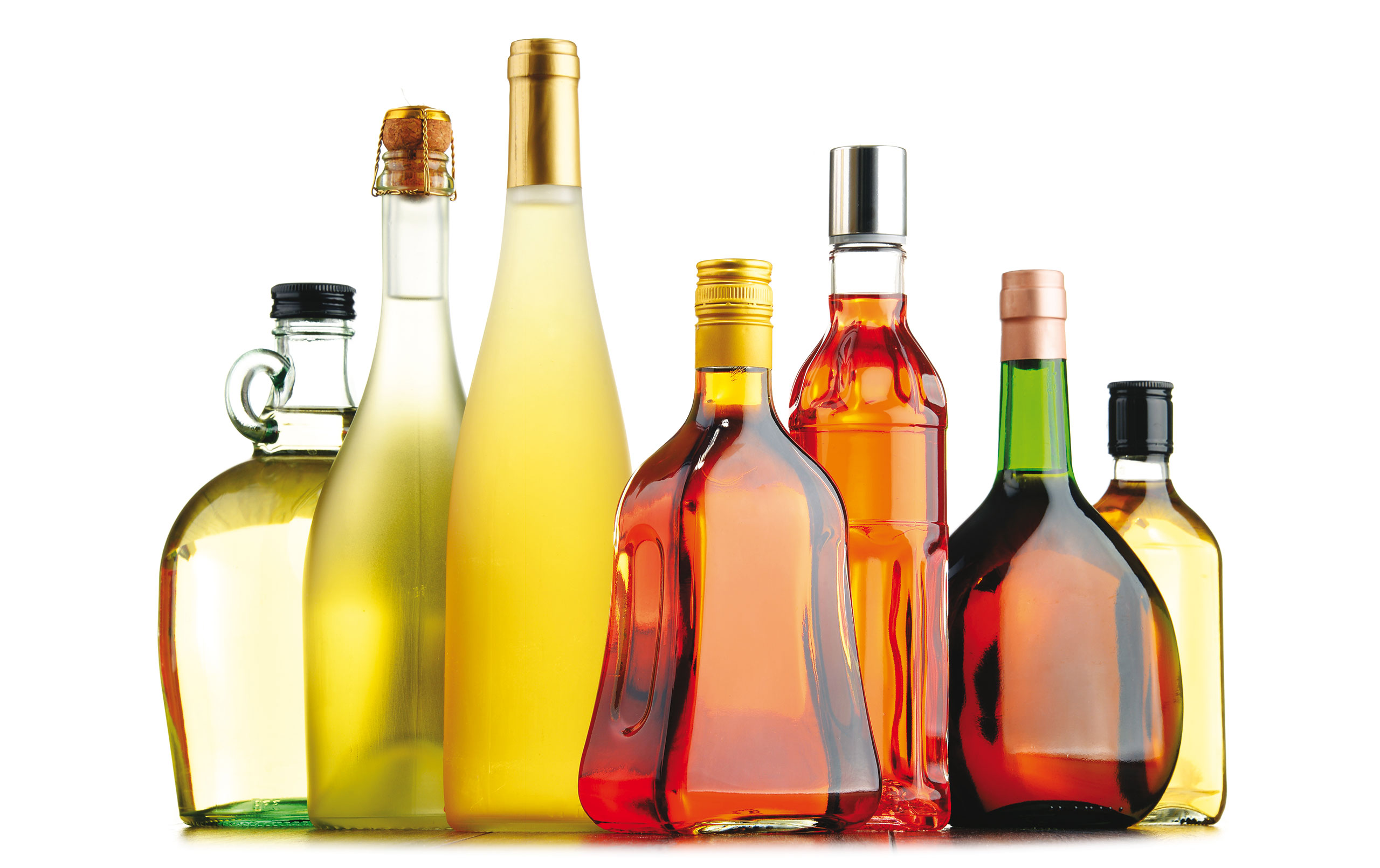
Nos falamos galego
July 1, 2012
Chamonix: A Contemporary Retreat in the Midst of Tradition
July 5, 2012
Chef of celebrities Marco Pernini
If you’re looking to lose weight by cutting out carbohydrates, hold your horses! Some carbs will help you hit your goal and be beach-ready for the summer. It’s the wrong carbs you want to eliminate. Chef of celebrities Marco Pernini teaches you all about right and wrong.
S
Summer is again knocking on our doors, and I can already feel the panic of people preparing for the “beach diet.” Many of us are already thinking of joining the gym to get rid of those extra pounds and of cutting down on carb intake. When I hear this, I go crazy!
First of all, we should keep going to the gym – or do some kind of exercise – all year round so that we don’t have to put our bodies and minds under the pressure of losing weight in the two or three months before we hit the beaches. Second, it is not healthy to eliminate all of a sudden a whole food group i.e. carbs. It is too much of a shock to the system. You will feel the cold turkey of a heavy smoker who has just stopped smoking and is craving nicotine.
A carbohydrate is an organic compound made of carbon, hydrogen and oxygen. Carbs are divided into four major categories, or chemical groups: monosaccharides, disaccharides, oligosaccharides, and polysaccharides. The word saccharide comes from the Greek sakkharon, and means “sugar.”

Historically, nutritionists have classified carbohydrates as either simple or complex. However, the exact delineation of these categories is ambiguous. Today, “simple carbohydrate” typically refers to monosaccharides and disaccharides, and “complex carbohydrate” means polysaccharides and oligosaccharides. However, the term complex carbohydrate was first used in a slightly different context in the U.S. Senate Select Committee on Nutrition and Human Needs publication Dietary Goals for the United States (1977). In this work, complex carbohydrates were defined as “fruit, vegetables and whole-grains.”
Some nutritionists use “complex carbohydrate” to refer to any sort of digestible saccharide present in a whole food, where fibre, vitamins and minerals are also found (as opposed to processed carbohydrates, which provide calories but few other nutrients). Some simple carbohydrates (e.g. fructose) are digested very slowly, while some complex carbohydrates (starches), especially if processed, raise blood sugar rapidly.
The speed of digestion is determined by a variety of factors including which other nutrients are consumed with the carbohydrate, how the food is prepared, individual differences in metabolism, and the chemistry of the carbohydrate.

Exaggeration always has its consequences. So eating too much will inevitably result in your gaining weight, regardless of what kind of food you eat. Low carb diets have had a lot of publicity, but if we take a look at the percentage per gramme, carbohydrates contain fewer calories than fat, protein and alcohol:
[arrowlist]
- 1g carbohydrate contains 3.75 calories.
- 1g protein contains 4 calories.
- 1g fat contains 9 calories.
- 1g alcohol contains 7 calories.
[/arrowlist]
Sugar and starch are found in both healthy and ‘unhealthy’ foods, so it’s the type of carbohydrate you eat that has an impact on your well-being.
- Many high-sugar foods (cakes, pastries, chocolate) are also high in fat or are prepared with fat (chips, fried potatoes, some sandwiches).
- Starchy foods, such as wholegrain bread, pasta etc, are rich in fibre, which is essential for digestive health; it also helps control appetite so you don’t feel hungry.
Carbohydrates are very important in our diet as they provide a good source of daily energy. The secret is to eat the “right” ones.

Have you tried adding grains to your everyday diet? They are very easy to digest, they provide a great deal of energy, and you never feel bloated. Here are some healthy grains I recommend for weekly intake:
[arrowlist]
- One of my favourites is short-grain brown rice. A natural whole grain with a distinctive mild, nutty flavour, it is chewier and more nutritious than white rice. You can boil it or pressure-cook it and keep it in the fridge for up to three days to add it to your meals as you please.
- Quinoa originates in Peru. It is a very mild grain-like crop grown primarily for its edible seeds. It contains a very high level of protein (18%) and a good balance of amino acids. It is a pseudocereal rather than a true cereal, or grain, as it is not a member of the grass family. I recommend quinoa to people who do a lot of weight lifting because of the protein and amino acids it contains.
- Pearl barley is barley processed to remove its hull and bran. Barley must have its fibrous outer hull removed before it can be eaten. Pearl barley is processed a step further, polished to remove the nutritious bran layer. It is very similar to Wheat, but much easier on the digestive system. Also, pearl barley cooks much more quickly than hulled barley. I love it in soup, or simply as a side grain instead of rice.
- Millet is a small-seeded species of cereal crop widely grown around the world. A tricky and sticky one to cook, this grain is good for adding to soups and it looks a lot like couscous. If you’re avoiding wheat, millet is a good substitute.
- Whole-wheat pasta is loaded with vitamins and minerals and contains two to three times as much fibre as refined-wheat pasta. It contains more proteins as well, and is easier to digest. You need less of it to maintain energy levels.
[/arrowlist]
Once you are using these types of carbs all year round, you won’t feel bad eating normal pasta or a large pizza from time to time. In fact you should push the limits from time to time. I do! After all we’re all humans and we NEED to be naughty occasionally. But if you keep a healthy balance and a little discipline all year round, you won’t find it hard, when summertime comes, to shed the extra weight you’ve accumulated during the year. Just keep an eye on it!
If you haven’t cooked any of these grains before, don’t panic. You can get generally good instructions on the packets, and if not, that’s why we have the Internet. Don’t be afraid to experiment. You will get it right in the end. To give you a leg up, I’ll leave you with a basic recipe which should appeal to almost everybody. Its simplicity gives you the freedom to add more vegetables, fish, or meat or even feta cheese, if you like. Or simply have it as a side dish for lunch or dinner. Oh, and let me know how light you feel afterwards.

Quinoa Vegetable Salad
I cooked this vegetarian salad for world music producer Trevor Horn, CBE, in the recording studio. He LOVED it!
[note]
Quinoa Vegetable Salad
INGREDIENTS:
- 1 tbsp extra virgin olive oil
- 1 cup of quinoa, cooked in
- 1+1/2 cup of salted water
- 1 onion, cut in small squares
- 1 carrot, diced
- 8 French green beans, diced
- 1 leek, sliced in half and cut lengthways (julienne)
- 1 fresh tomato, chopped
- a few leaves of fresh basil
- a little stock, made with vegetable stock cubes
- salt and pepper
METHOD:
- Cook the quinoa, drain, and put aside.
- In a frying pan warm some extra virgin olive oil.
- Add the onions and fry until tender.
- Add carrots and the rest of the vegetables and fry a little longer.
- Season with salt and pepper.
- Add a little of the stock – just enough to cover the pan – and let it simmer until the vegetables have absorbed the stock.
- Make sure, however, that they stay a little crunchy.
- Add the chopped, fresh tomato and let it reduce.
- At this point chop the basil and add to the cooked vegetables.
- In the same frying pan, add the cooked quinoa, stir well and serve.
- Use some of the basil to garnish.
Buon Appetito!
[/note]

Quinoa grains




